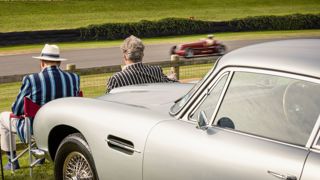How Citroën helped make Paris the ‘City of Lights’ | Axon’s Automotive Anorak
Watching the spectacular 2024 Olympic opening ceremony in Paris, plus the subsequent games with this beautiful city as its backdrop, I have come over all nostalgic for my favourite continental capital city; the city that has done more for the automobile than any other.

A number of history’s greatest and most important French motor car makers counted Paris as their home. These included Renault, Panhard et Levassor, Voisin, Facel Vega, Talbot-Lago, DB and countless others. Arguably, the most significant and influential of all Parisian car makers though, was Citroën.
Although of Dutch descent, Citroën’s founder – the charismatic and forward-thinking André Citroën – was Paris born and bred, growing up in the 9th Arrondissement. Aged just nine, Citroën witnessed the laying of the foundations of what was to become the most iconic and celebrated symbol of Paris: the Eiffel Tower.
Citroën also grew up with the motor car, which Parisians had enthusiastically embraced since the early arrival of the pioneering horseless carriages in the closing years of the 19th century. Paris was host to the world’s very first competitive motoring event, which took place in 1894, starting in Paris as a 78-mile time trial to Rouen. The following year, the first actual motor race – from Paris to Bordeaux and back – was held.

It was around this time that André Citroën began his studies at the prestigious Paris École Polytechnique, from which he graduated in 1900. In 1902, he opened a workshop in Paris under the name of André Citroën et Cie, to manufacture industrial double-helical gearwheels, the patterns of which inspired the famous ‘double chevron’ Citroën badge designed by André himself.
After opening a UK office for his gearwheels in London’s Queen Victoria Street in 1907, the following year Citroën cut his automotive teeth when he was made responsible for the management of Automobiles Mors, one of France’s most prestigious but traditional car makers, which was in need of modernisation and help.
Citroën revived the fortunes of Mors by successfully introducing a fresh range of sleeveless valve engined SSS models, before the outbreak of World War I saw him conscripted to the army in 1914. In parallel to his times at Mors and the army, Citroën also successfully retained and grew his gearwheels engineering business, and established a dedicated 30-acre production facility at 139 Quai de Javel, Paris, situated alongside the river Seine just a couple of miles downstream of the Eiffel Tower.
By 1915, with his Quai de Javel industrial engineering factory in full swing, André Citroën was released from his wartime military duties to urgently help the French war effort by switching production of gears to the much-needed mass production of munitions. Citroën’s Parisian plant produced an amazing 23 million shells by the end of the hostilities in 1918.

Correctly anticipating the likely strong domestic demand for personal mobility post-war, on the 4th June 1919, André Citroën put his automotive experience into practice by turning his Quai de Javel plant over to the production of passenger cars with the launch of the Type A-10 HP, Europe’s first ever mass-produced motor car. This pioneering production method (inspired by Henry Ford’s American mass-made Model T) enabled Citroën to offer the car at a lower retail price.
Citroën’s foresight was rewarded with healthy and instant demand for his Model A, which he followed up in 1922 with the two-seater Type C-5 HP, the world’s first car to be aimed at female buyers, and quickly nicknamed ‘petite citron’ (‘little lemon’) due to it only being offered in yellow.
In that same year, the multi-talented Mr. Citroën also introduced the world’s first in-house car finance company, the first of more than 100,000 directional town road signs nationwide (with the double chevron Citroën logo craftily stamped into each metal pressing), plus he established the first network of sales and service Citroën dealers spread throughout France. His most memorable marketing trick for 1922 however, was to create a buzz at the Paris Motor Show by arranging for an aircraft to write the Citroën name a total of three miles in length high across the Parisian skyline.

André’s clever and pioneering marketing initiatives continued into 1923 with the very daring feat of organising the first successful crossing of the formidable Sahara Desert in a motor car. He also introduced the ‘Caravane Citroën’ as a road show procession of his latest cars to travel around France, and then Europe, to promote his products.
The Citroën innovations continued with the new B10 in 1924 – the first European all-steel (stamped and welded sheet metal) motor car which did away with the traditional steel panels fitted to a wooden frame, plus the B14 – the first ever car to be fitted as standard with a rear brake/stop light, adjustable front seats, dashboard instrumentation illumination, and a power-assisted braking system.
He also introduced the world’s first service repair manual and spare parts catalogue for his cars, plus built on the success and learnings of the earlier Sahara crossing to stage the ‘Citroën Central Africa’ expedition as the first successful automotive crossing of the African continent.
Following his famous aircraft writing stunt of 1922, André went quite a few steps further in 1925 when he wrote his name in lights on the Eiffel Tower. Using more than 250,000 bulbs and 100 feet high, it was visible from all directions from at least 60 miles away.

Given that Gustave’s celebrated Tower had been an important part of André Citroën’s life since his childhood, this impressive and unique advertising initiative remained in place until 1934, much to the chagrin of Citroën’s main Paris-based rival Renault! André Citroën also funded himself, with no commercial or personal gain, the illumination of various key Paris landmarks, including the Arche de Triomphe and Place de Concorde.
As well as introducing pioneering staff welfare initiatives such as a canteen, healthcare, a crèche and a ‘13th month salary bonus for his 30,000-strong workforce, less than a decade after introducing his first car, Citroën enjoyed a 40+ per cent share of the total French new car market, comfortably outselling the combined sales of his two key domestic rivals Renault and Peugeot.
By the early 1930s, Citroën was Europe’s largest car maker, and second in the world only to Ford. André’s pioneering thinking continued to paying dividends with yet more innovations introduced, such as rubber engine mounts to reduce vibration, plus setting new endurance reliability records.
André’s true masterpiece was introduced 90 years ago though, in 1934, in the advanced form of the revolutionary Citroën Traction Avant (TA). Never had the world’s automotive industry introduced a standard mass production car that pioneered so many innovative solutions in one machine. A steel monocoque chassis, hydraulic brakes, independent suspension, and above all, a front-wheel drive engine put the TA way ahead of its time for road holding and manoeuvrability. This Citroën really set the pattern for the future and lead the way for the modern motor car.

Tragically, the wondrous and important TA was to prove André’s undoing. Costs and sheer hard work to develop such an innovative and advanced car caused a drain on Citroën’s finances and credit worthiness, which André was unable to meet. He lost control of his beloved Quai de Javel factory and company in 1935 to tyre company Michelin, as his main creditor. Michelin ran the firm (and made a great success for the pioneering TA, which remained in production for 23 years with more than 759,000 built) until selling Citroën to onetime arch-rival Peugeot in 1976.
With his heart broken, André Citroën died of cancer and complications aged just 57 on the 3rd July 1935. His legacy for free thinking and innovation continued long after his premature demise, with many outstanding Citroën vehicles to follow, including the characterful 2CV of 1948, the clever H van of 1947 (the world’s first front-drive commercial vehicle), the game-changing DS of 1955, the advanced GS and SM of 1970, the aerodynamic CX of 1974, and so on.
Both Paris and the entire motoring world is considerably richer for the outstanding contributions and innovative thinking of André Citroën and his far-sighted motor cars. A great man that deserved to win gold for everything he achieved and literally helped to make Paris the City of Lights. Merci beaucoup André…
Main image courtesy of Getty Images.
road
news
Citroën
Axon's Automotive Anorak
-

GRRC Ultimate Access Package
-

GRRC Lavant Bank Parking
-

The Gordon Pavilion
-

GRRC Ultimate Access Package





